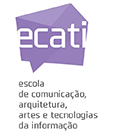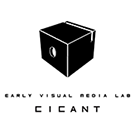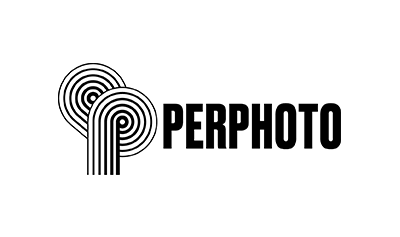Multi-sensorial modes of Analogue Filmmaking [EN]
Isil Karatas
Analogue filmmaking has been experiencing a revival with the proliferation of artist-run film labs especially in Europe, even though it has been declined “dead” many times throughout the last decades. With a DIY approach to mostly Super8 and 16mm filmmaking, “retro”, “out of date”, “archaic” equipment and machinery are “rescued” and still in use in these spaces. Concerning the materiality and technique-orientated expressions, the practice of (experimental) handmade film involves multi-sensorial dimensions of auditory, tactile and olfactory/gustatory perceptions during the making off of films. My ethnographic research in the independent photochemical film labs of Filmkoop Wien and Labor Berlin focuses on the diverse sensorial and affective forms of relationships between human and non-human actors. To grasp the modes of sense-making with the (audio)visual recording technologies in the complex media ecology of today, I explore the collective care and engagement for the film and its machinery, individual associations with the tools and agency of the equipment during production and projection as analytical categories with cultural and anthropological perspectives. To represent the multi-sensorial modes and emotional landscape of this film practice in a richer and less textual sense, I will engage with my field (sound) recordings during the presentation.







